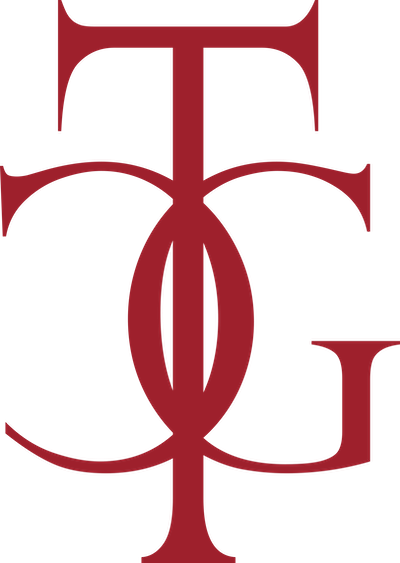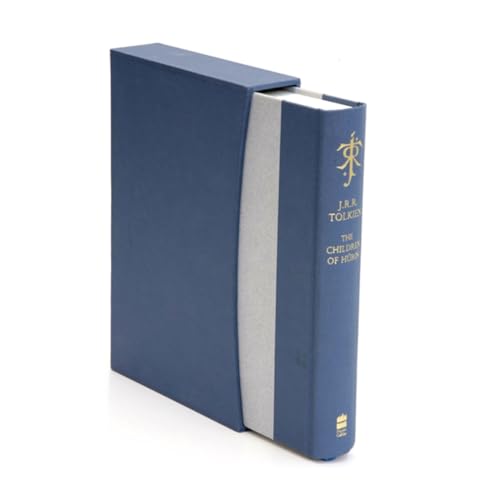I don't think either of us will change our minds on this.

What do other people think?
Do you think Tolkien writes
a) have been more accurately rendered G. Childe Everard etc. .
or
b) have been more accurately rendered by Childe Everard etc. .

What do other people think?
Do you think Tolkien writes
a) have been more accurately rendered G. Childe Everard etc. .
or
b) have been more accurately rendered by Childe Everard etc. .
10 June
(edited)
2025-6-10 2:54:55 PM UTC
Edited by Aelfwine on 2025-6-10 3:46:54 PM UTC
Edited by Aelfwine on 2025-6-10 3:47:25 PM UTC
Edited by Aelfwine on 2025-6-10 3:47:25 PM UTC
2025-6-10 2:54:55 PM UTC
You can’t (reliably and accurately) make this sort of judgment in isolation from Tolkien’s handwriting generally. In this particular, at least be sure to compare this with all the certain instances of final “y” in the letter, and with the certain instances of initial “G”. (Also sense: what would Tolkien have expected an English girl of 1957 to make of “G. Childe”?)
My bet would be G. as well, purely based on the handwriting and not considering meaning. The examples for initial b and final y found in this letter (and others from the same period) are IMO irreconcilable with this letter, while it does resemble an initial capital G in its “flow”.
Aelfwine wrote:
(Also sense: what would Tolkien have expected an English girl of 1957 to make of “G. Childe”?)
While I consider myself very good with Tolkien's hand, I certainly do not consider myself as experienced as yourself or Trotter. If I were transcribing this letter I would have read it as Trotter did.
But more generally on your last point, I think expecting Tolkien to consider that is perhaps wrong given Tolkien would for instance apologise to a correspondent for his scrawl, only to continue with the same scrawl. Look at his sign off at the end of Carpenter's Letter #131 (J.R.R. Tolkien to Milton Waldman, 1951 (late)), "I wonder if (even if legible) you will ever read this??" Or his letter from 1943 when he included elaborate and extremely complicated tables for two school girls who might have struggled to understand much of the content. I doubt someone else understanding him was at the top of his agenda in a good many of his letters.
I am still leaning G as well, although Aelfwine does make a compelling argument and his experience adds lots of weight to his words.
Tolkien's handwriting is so frustrating at times. Us Letter scribes have had countless debates as to certain words and letters from his correspondence over the years...
Tolkien's handwriting is so frustrating at times. Us Letter scribes have had countless debates as to certain words and letters from his correspondence over the years...
My "last point" didn't concern the handwriting, and in fact allowed (though only) for the sake of argument that it actually reads "G." — the question then is (as I asked) what Tolkien would expect Miss Light of London in 1957 to make of "G. Childe"? Trotter thinks it is an abbreviation of "Good" — would Miss Light have thought that? If so, why?
I do not consider myself as knowledgable enough to decide either way, and find this case very difficult to even lean one way or another (personally).
Another data point for context to consider:
In our extant letters guide, looking at cases where Tolkien uses "rendered" in a similar sense (eg "how to translate X")
Carpenter's Letter #214 (J.R.R. Tolkien to A.C. Nunn, [late 1958-early 1959])
Carpenter's Letter #297 (J.R.R. Tolkien to Mr Rang, August 1967)
Letter from J.R.R. Tolkien to Mr Anthony D. Howlett • 28 May 1969 (#728)
Tolkien does not show any inclination to use the phrase "rendered by", he always puts the translated word immediately after "rendered" in these other letters.
Another data point for context to consider:
In our extant letters guide, looking at cases where Tolkien uses "rendered" in a similar sense (eg "how to translate X")
Carpenter's Letter #214 (J.R.R. Tolkien to A.C. Nunn, [late 1958-early 1959])
a ribadyan (which may be rendered according to the system described and adopted a byrding)
Carpenter's Letter #297 (J.R.R. Tolkien to Mr Rang, August 1967)
In Völuspá, Eikinskjaldi rendered Oakenshield is a separate name
Letter from J.R.R. Tolkien to Mr Anthony D. Howlett • 28 May 1969 (#728)
It is not an exact translation of Imladris, which would be more closely rendered: Corfedale or even Corfebottom
Tolkien does not show any inclination to use the phrase "rendered by", he always puts the translated word immediately after "rendered" in these other letters.
10 June
(edited)
2025-6-10 5:03:23 PM UTC
Edited by Aelfwine on 2025-6-10 5:15:43 PM UTC
Edited by Aelfwine on 2025-6-10 5:16:17 PM UTC
Edited by Aelfwine on 2025-6-10 5:16:17 PM UTC
2025-6-10 5:03:23 PM UTC
One of many such examples I could produce if I had the time to go through all the manuscripts I've worked with (which I don't):
"if these were permitted by Eru" (see NoMe p. 34):
"if these were permitted by Eru" (see NoMe p. 34):

"Actually the older hobbit-name was Branda-nîn ‘border-water’, which would have been more closely rendered by Marchbourn"
Tolkien, J.R.R.. The Lord Of The Rings: One Volume (p. 1138).
Tolkien, J.R.R.. The Lord Of The Rings: One Volume (p. 1138).














 2
2 112
112